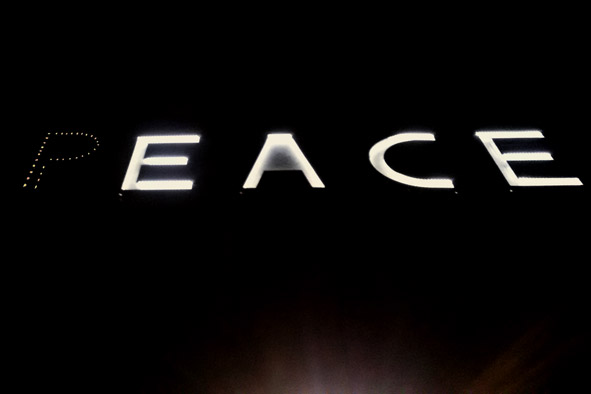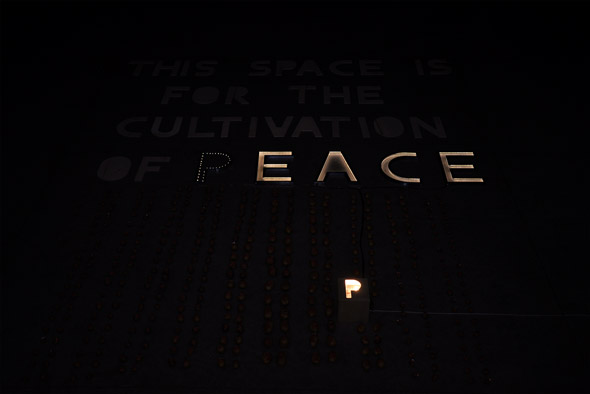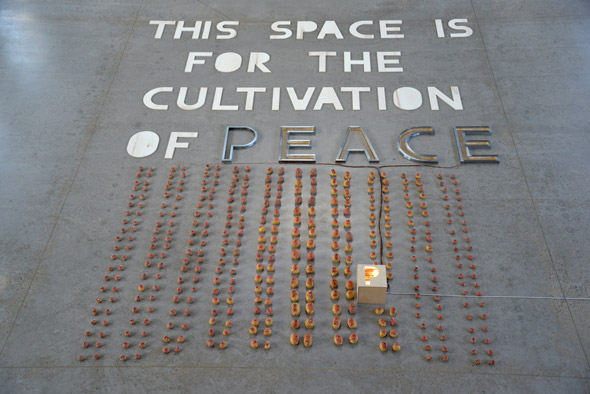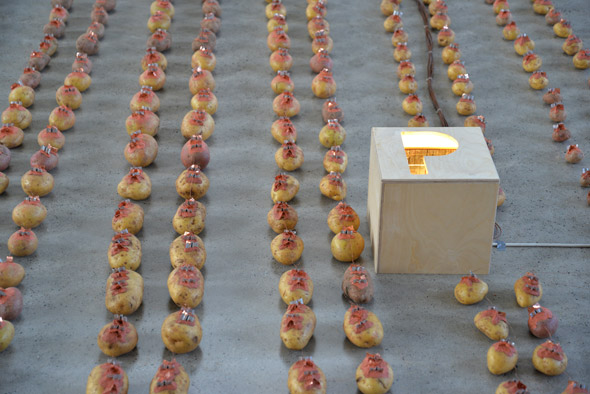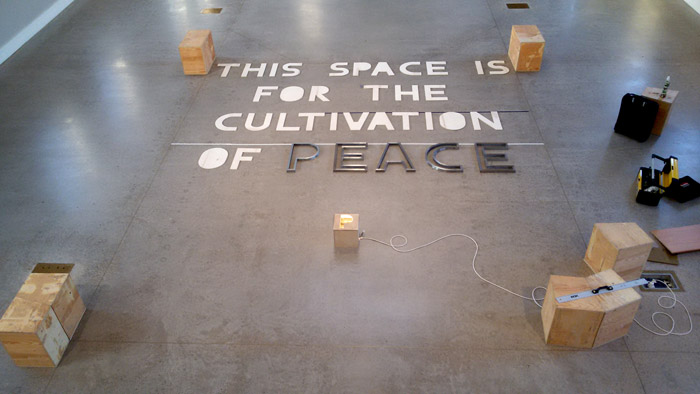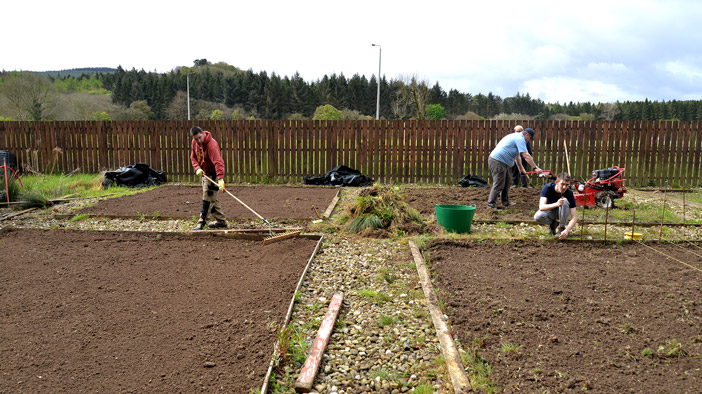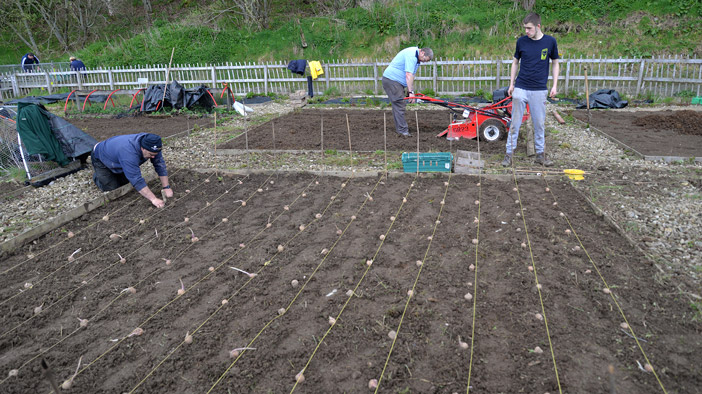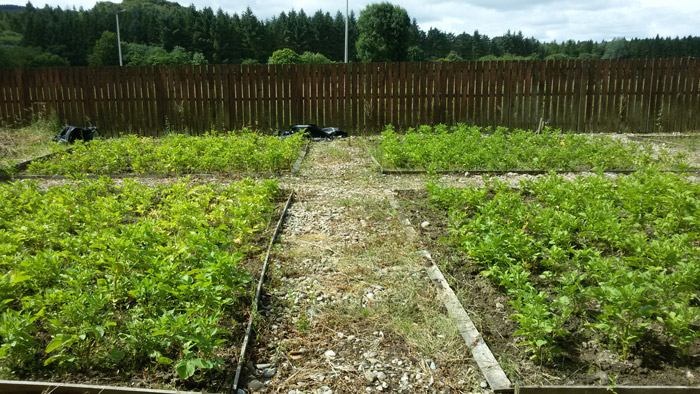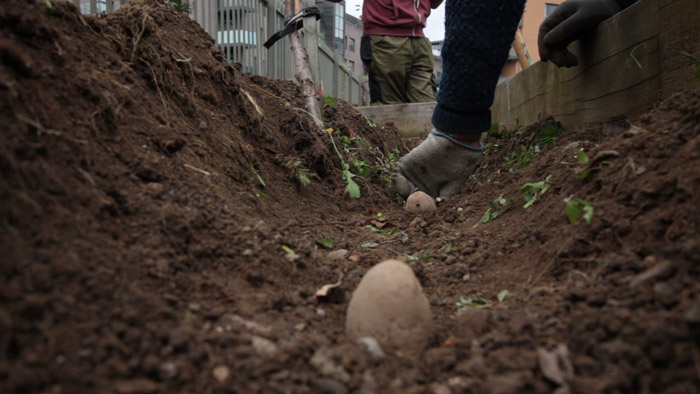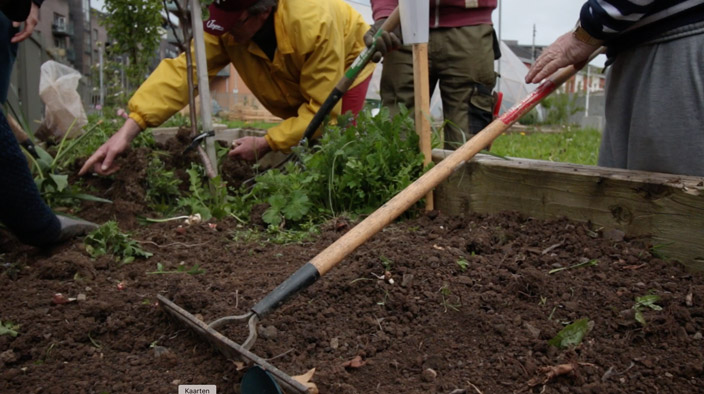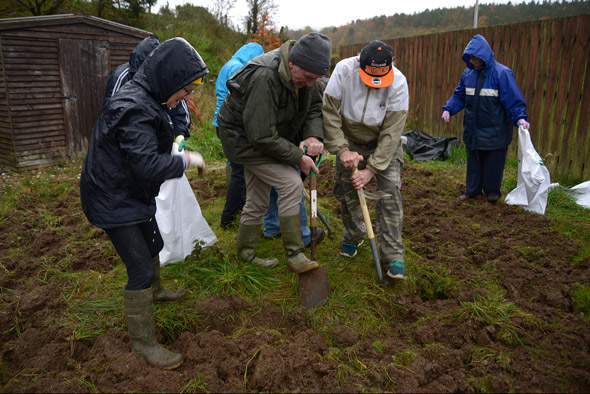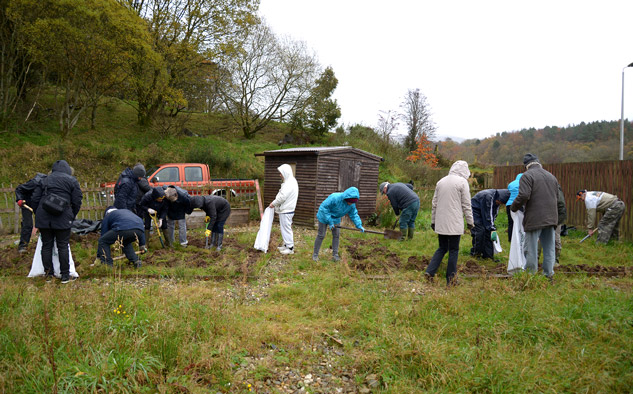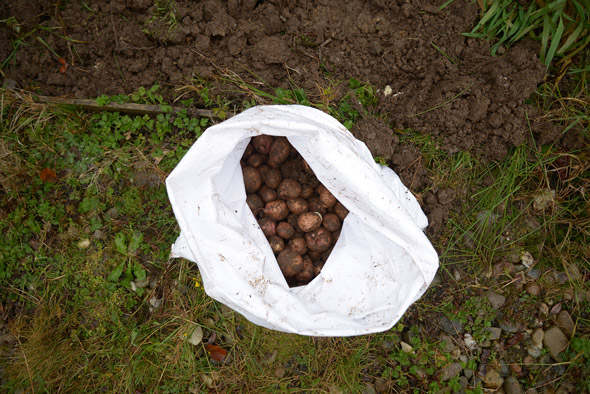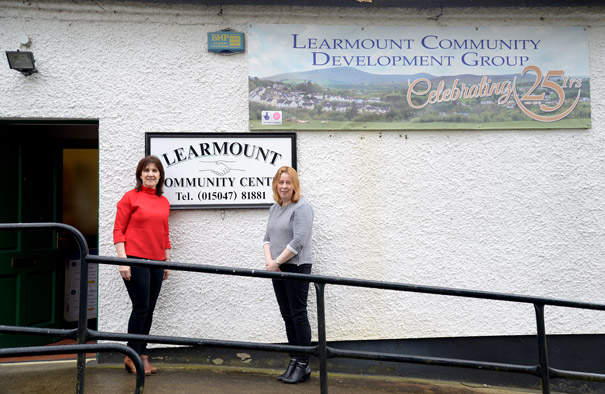The Ulster Garden Project
The Ulster Garden Project
436 Potatoe batteries lighting Peace, an exchange between Derry and Dublin.
In 2016 and 2017 I visited Dublin, Belfast and London-Derry to research on the Northern Irish conflict in the hope to gain more understanding on conflicts and set up a series of works in different conflict areas. My inspiration and commitment to this artistic project was based on the tensions in Europe which resurfaces perennially in different guises between public sentiment in one state and largely shared views in the rest of Europe.
For me, it is almost impossible to understand the Northern Ireland conflict without looking at its colonial past and the new order that was merging in Europe out of the crisis of medieval feudalism from the late 15th Century. Its economic base was a more productive and commercialised agriculture. I also reflected on a shared history of migration. Following the Great Irish Famine between 1845-51 and in Scotland the Great Highland Famine in 1840 there were waves of emigration from both countries as a result of failed potato crops. Their main food source was the humble potato that transformed in to the staple food of the poor and is embedded in the history of migration between the Americas, Ireland, Scotland and Britain. These important historical contexts, food, migration and peace building informed the creation of the artwork ‘THIS SPACE IS FOR THE CULTIVATION OF PEACE’.
In forming a working relationship with an autonomous organisation like Learmount Community Development Centre at Park Village that had a former existence as a Plantation or its connections to Lord Beresford and Dublin. The first public installation of the Ulster Garden Project powered by potatoes grown in Dublin and Co’Derry does not emphasise ethnicity or differences but refocus on collectivity without the burden of historical explanations but the potential of transformation. I sought to build a transformative, storytelling narrative that reflects on Irish history as inspiration and similarly signals the reality of what PEACE is. It is a time-consuming process of preparing the right ground, cultivating the right seeds, relying on the generosity of people and trusting the outcome.
This project is realised with the help of Common Ground, Learmount Community Development Group, The Conservation Volunteers London~Derry, Dublin City Council, The Arts Council of Ireland, Richmond Barracks.
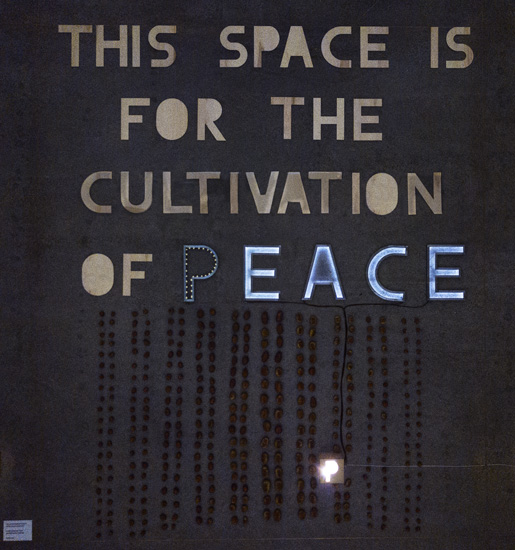
From humble potato to power source
It’s my understanding that in a deeply divided society such as Northern Ireland, ethno-nationalism need not be the driving force behind political change and outcome. Conventional wisdom suggests that there is a strong causal relationship between ethno-nationalism and political conflict. For example, Donald Horowitz opened his influential Ethnic Groups in Conflict with the claim that,‘Ethnicity is at the center of politics in not only in country after country, and is a potent source of challenges to the cohesion of states and of international tension’
Cillian Mc Grattan, argues that the narratives of ethnic antagonism in Northern Ireland is itself highly political and the use of terms such as ‘lessons’, ‘groups’ and ‘ethno-nationalism’ not only avoids the empirical facts, but also upholds a series of assumptions about whose voice should be heard and whose can be ignored. He describes how segregationists believe that the conflict is best managed through segregation of the communal groups and the consolidation into the pillars on which elites can build a settlement. Integrationists, on the other hand support the Good Friday Agreement because they believe that power-sharing will lead to the integration of the communal groups and that will consolidate peace in Northern Ireland.
Mc Grattan describes this system of relationships with four main interlocking and mutually reinforcing levels: a set of socio-cultural and ideological differences; a structure of dominance, dependence and inequality and the tendency towards communal polarisation. This structure of dominance was reproduced in the newly founded Northern Ireland and still exists today.
